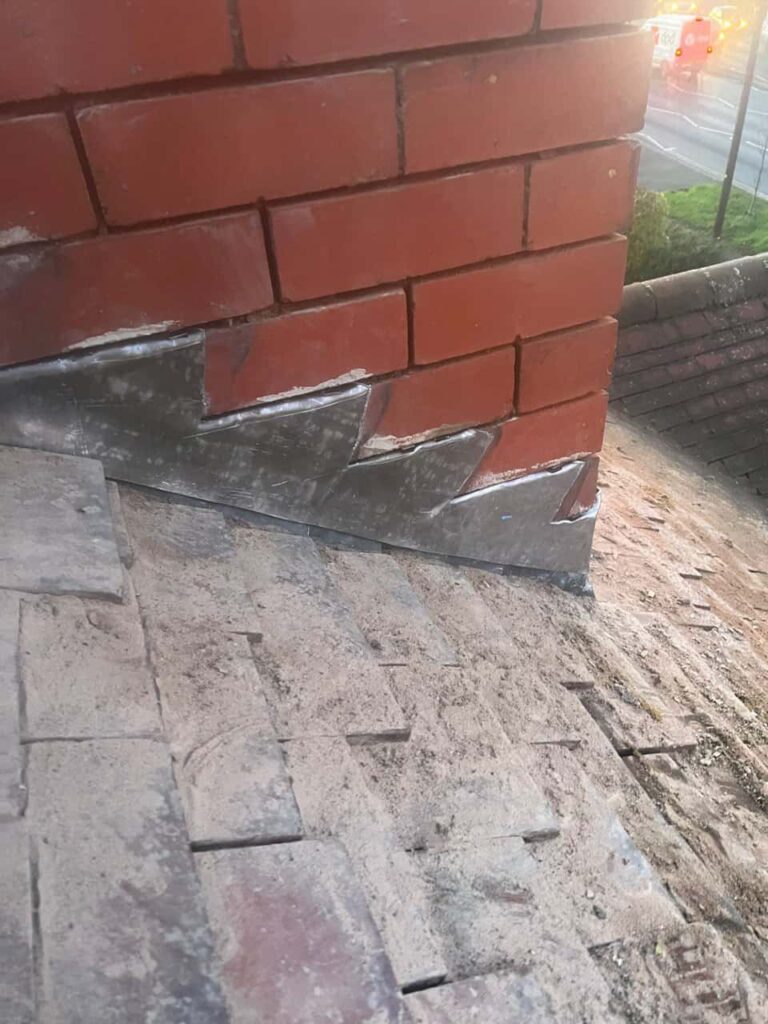Introduction: A well-maintained roof is essential for safeguarding your home from the elements. Roof tiles play a critical role in this protection, but they can become vulnerable to slipping out of place over time. Detecting the signs that your roof tiles are at risk of slipping is crucial for preventing potential damage and costly repairs. In this blog post, we’ll explore common signs that indicate your roof tiles may be in jeopardy of slipping.
- Visible Cracks: Inspect your roof tiles for visible cracks or fractures. Cracked tiles are more likely to shift, especially during extreme weather or temperature fluctuations. Over time, these tiles may slide out of place.
- Loose or Displaced Tiles: If you notice tiles that are already loose or have slipped from their original position, your roof is at risk. These tiles should be secured promptly to prevent further damage.
- Missing Tiles: Missing tiles are unsightly and leave gaps in your roof. These gaps can lead to water infiltration and more significant problems. Replace missing tiles promptly to maintain your roof’s integrity.
- Shifting or Sagging Rooflines: A noticeable change in the contour of your roofline can be a sign of roof tile issues. Observing sections of your roofline that appear to be sagging or dipping may indicate that tiles are slipping or deteriorating underneath.
- Water Stains on Ceilings or Walls: Interior water stains are a telltale sign of a leak in your roof. If water has infiltrated your home, slipped or damaged tiles may be the root cause. Address this issue promptly to prevent further water damage and mould growth.
- Damaged or Missing Flashing: Flashing is essential for sealing joints and transitions on your roof. Damaged or missing flashing can allow tiles to move or become displaced more easily. Ensure that your flashing is intact and functioning correctly.
- Granule Loss: Asphalt shingle roofs may experience granule loss over time. Granules protect against UV rays and moisture. When granules are lost, the underlying shingles become vulnerable to damage, potentially leading to slipped tiles.
- Roof Age: An older roof is more susceptible to tile slippage due to the natural ageing process. If your roof is approaching its expected lifespan, it’s essential to schedule regular inspections to identify and address potential issues.
Conclusion: Detecting the signs of roof tiles at risk of slipping is crucial for maintaining the integrity of your roof and preventing costly repairs. If you notice any of these signs or suspect roof tile issues, it’s advisable to contact a professional roofing contractor. Regular roof inspections and timely repairs can extend the life of your roof and protect your home from the elements. Don’t wait until slipped tiles become a significant problem; take action to address them promptly.
Call us on: 01773 300 896
Click here to find out more about Ripley Roofing Repairs
Click here to complete our contact form and see how we can help with your roofing needs.

